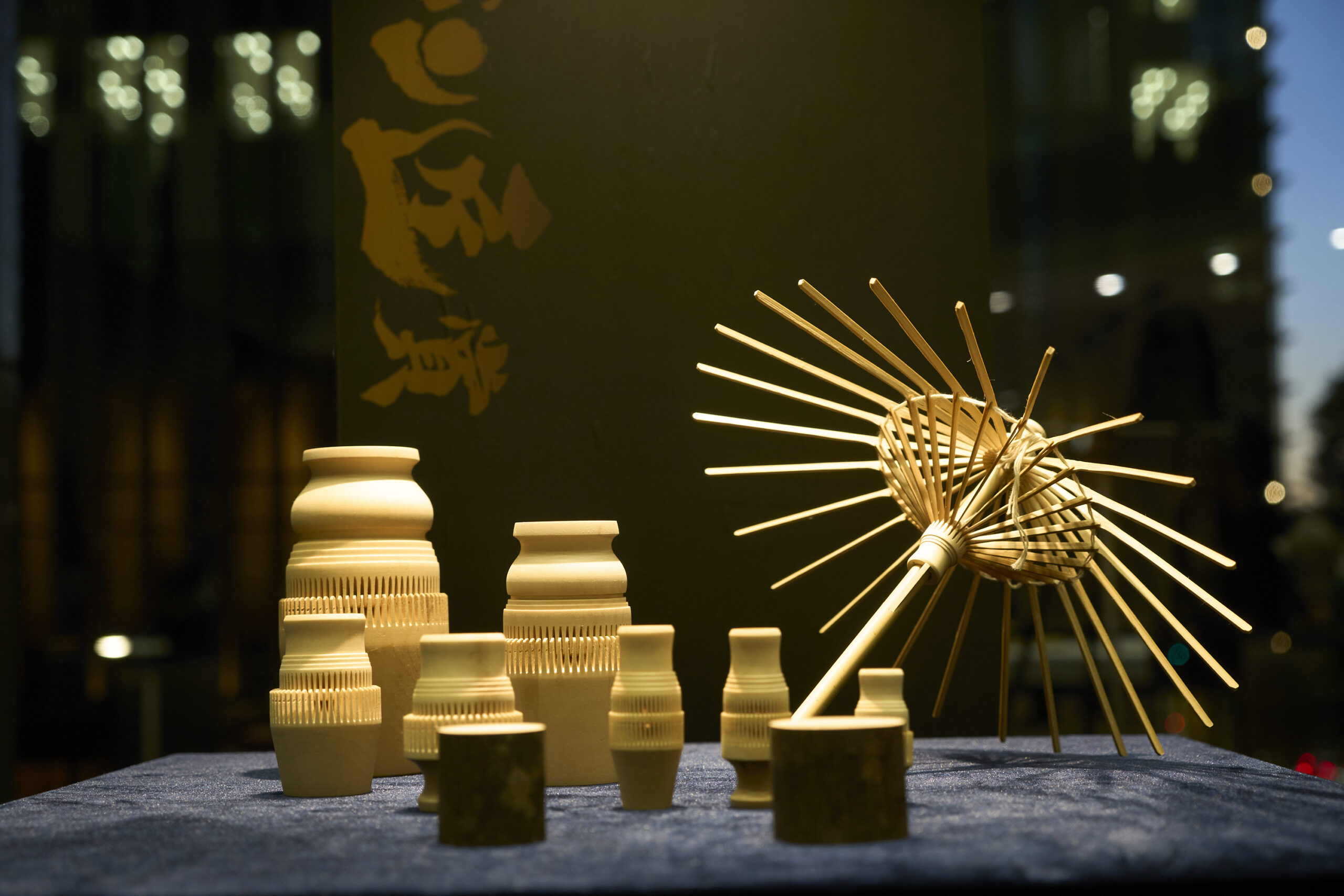What is Traditional Craft?
Editor's Column “The Path of Japanese Crafts” Part2: Modern Society and Kogei VOL.3
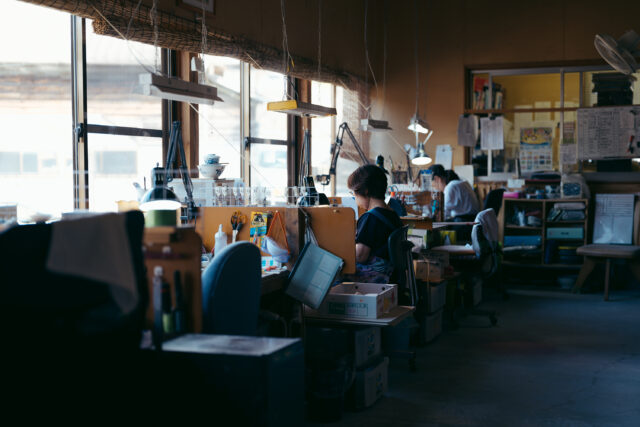
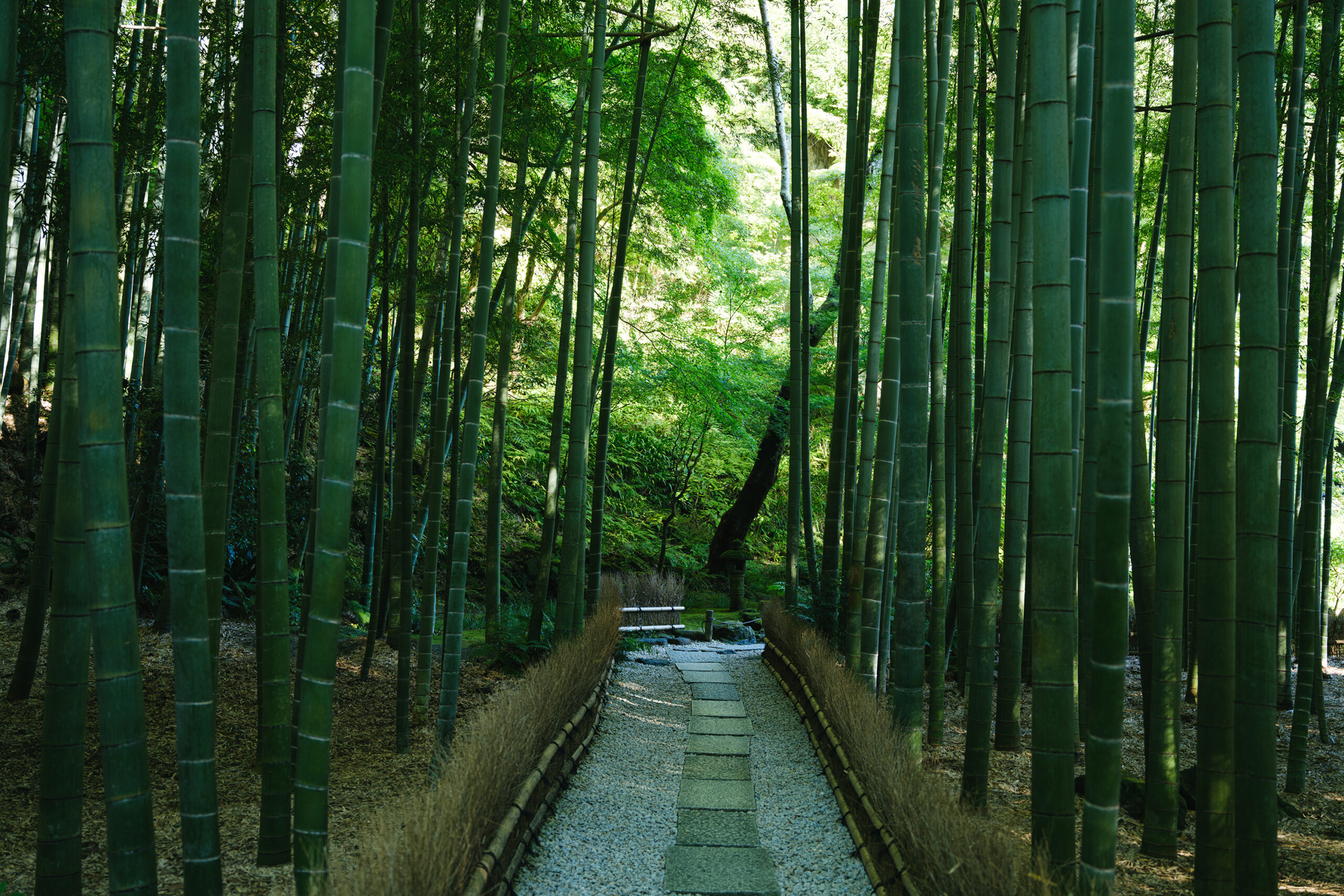
VOL.1-3
Update
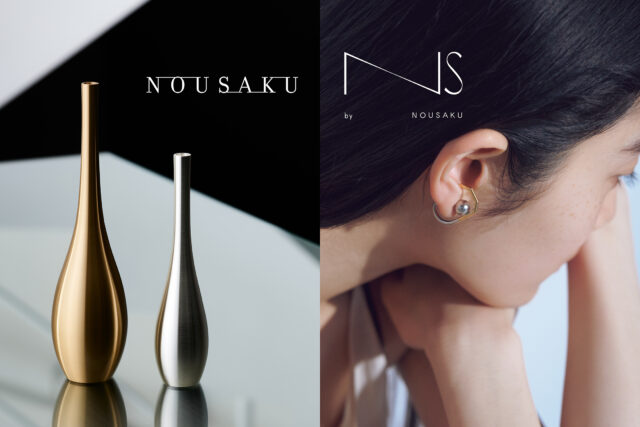
VOL.1-20
Update
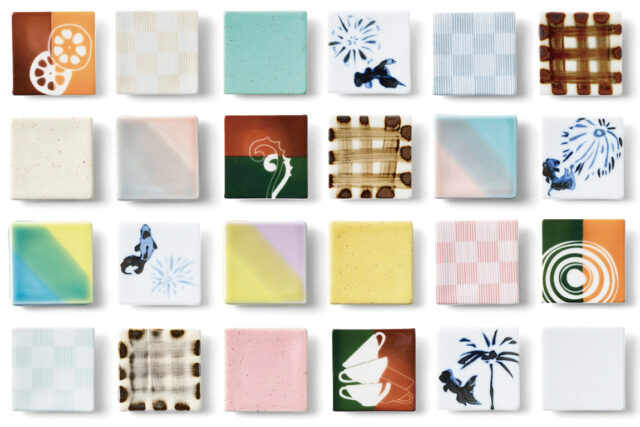
VOL.1-19
Update

VOL.1-27
Update
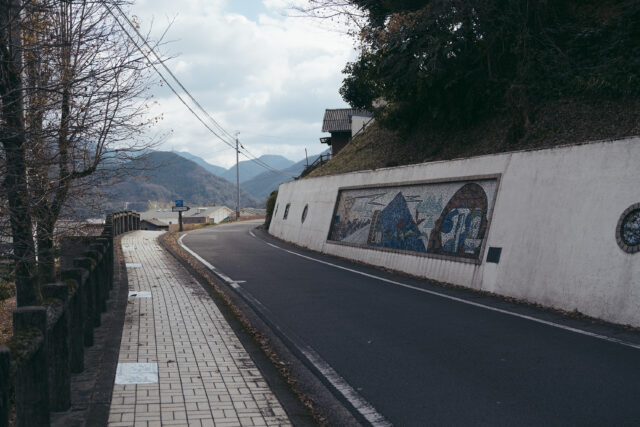
VOL.1-4
Update
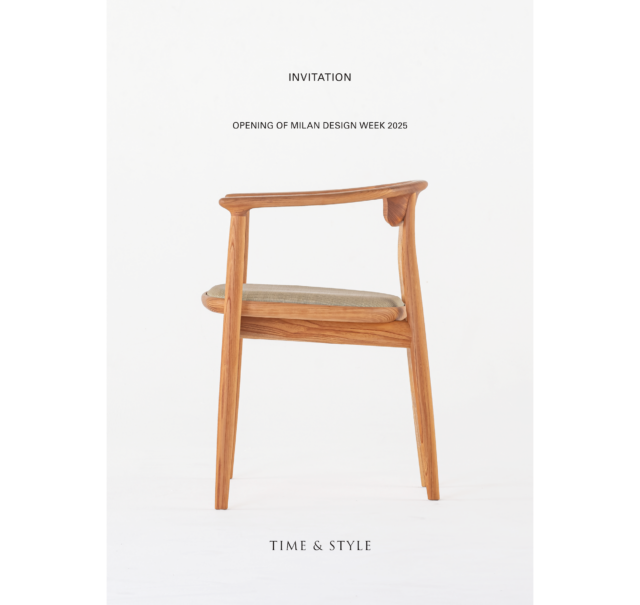
VOL.1-43
Update
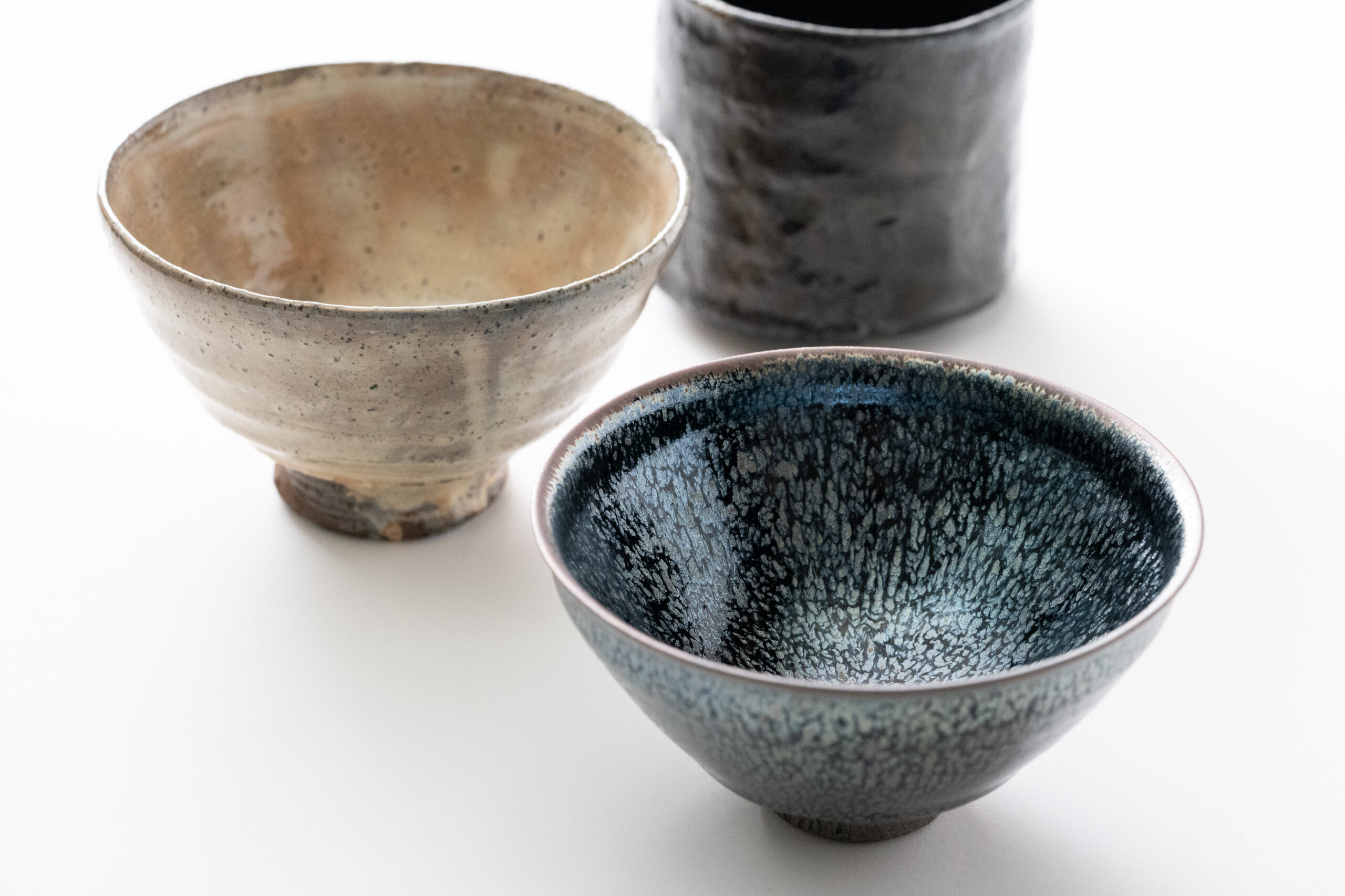
VOL.1-3
Update

VOL.1
Update
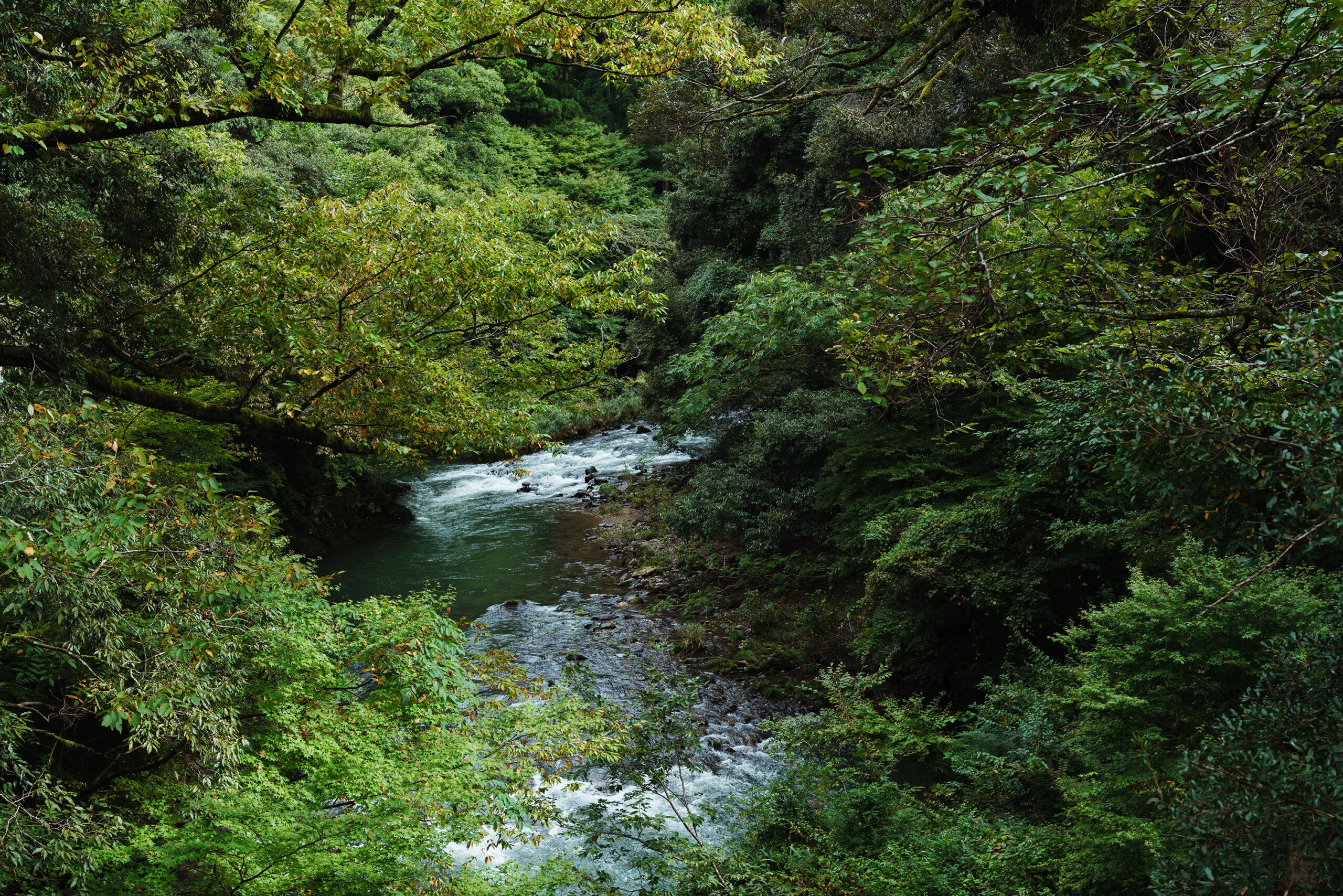
VOL.1-7
Update
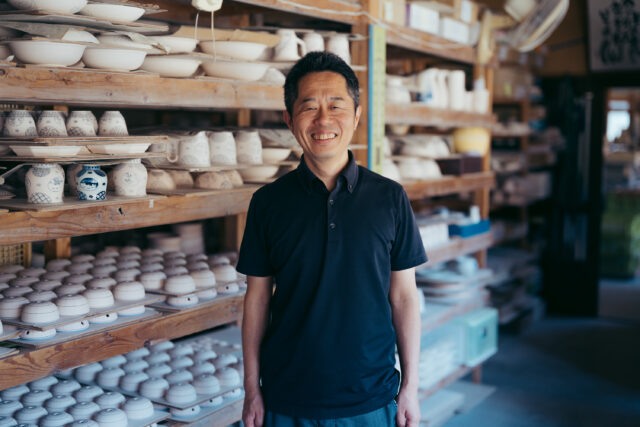
VOL.1-32
Update
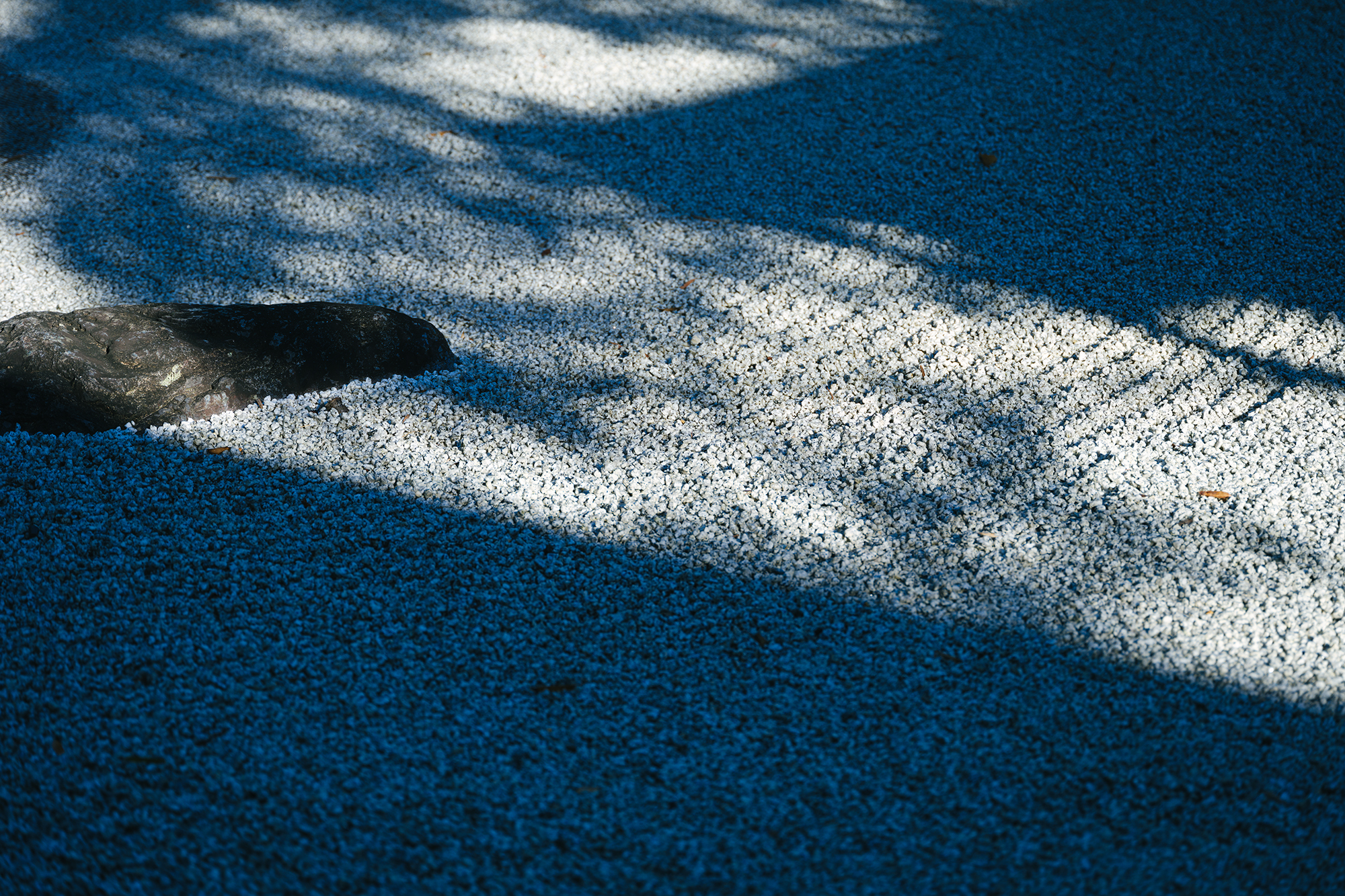
VOL.1-12
Update
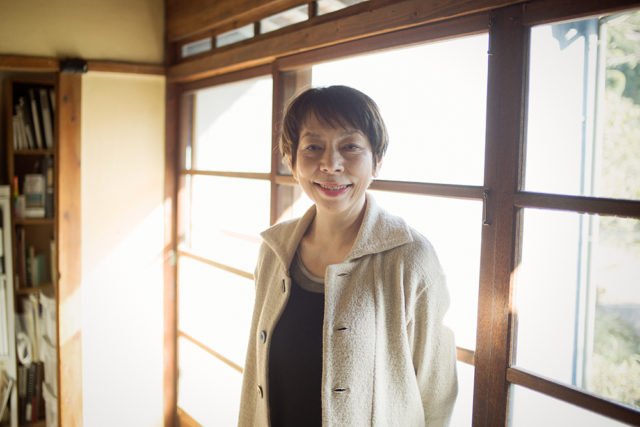
VOL.1
Update
We share a variety of information and perspectives on Japanese crafts, including exhibition information and interviews.
Editor's Column “The Path of Japanese Crafts” Part2: Modern Society and Kogei VOL.3
KOGEI Topics VOL.20
New Products VOL.19
Exhibition • Event Report VOL.27 AD
Jul 16 – Jul 21, 2025
Kyoto Takashimaya
Miyagi
Jul 18 – Jul 24, 2025
Kanegendo
Jul 19 – Jul 27, 2025
TOBETOBEKUSA
Jul 19 – Jul 27, 2025
Bunkindo
